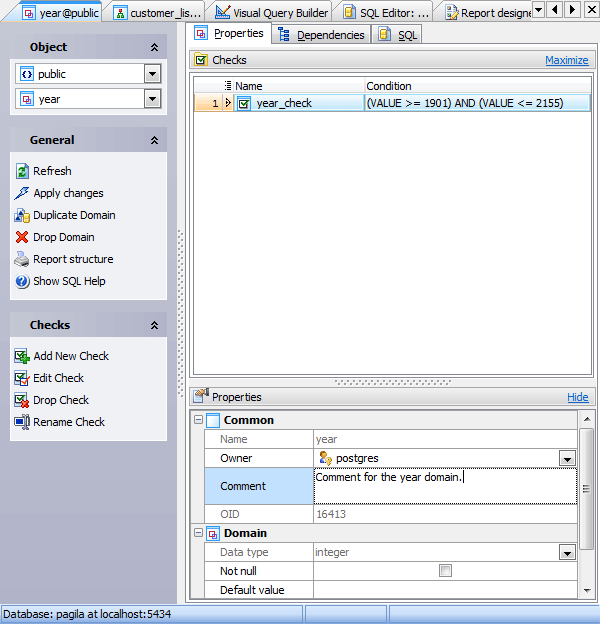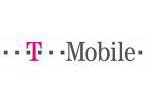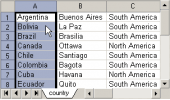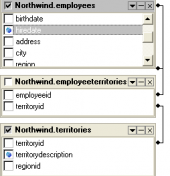PostgreSQL Maestro online Help
| Prev | Return to chapter overview | Next |
Domain Editor
Domain Editor is opened automatically after a new Domain is created and is available on editing the existing one (see Edit Domain for details).
The basic principles of Object Editors in PostgreSQL Maestro are explained in a separate topic. Below you will find a description of editor tabs that are unique for the current object.
Domain Editor provides you with an ability to edit Domain properties. The Properties tab allows you to change the Domain name, the Domain owner, etc. You can also find the OID there.

The Checks tab of the Domain Editor represents the domain check list. Check clauses specify integrity constraints or tests to be satisfied by values of the domain. Each constraint must be an expression producing a Boolean result. It should use the name VALUE to refer to the value being tested.
The tab includes three columns: Check name, Condition and Comment.
Check name
Here you can specify the domain check name.
Condition
The column stores the condition which must be complied with by a new or updated values of the domain for an insert or update operations to succeed.
New comment
This field stores a comment to the domain check.
You can also use Navigation bar to manage Domain checks.
Name
Here you can view the Domain name. The name of the Domain must be unique among all the Domain names in the schema.
Owner
By default, only the owner of an object can perform various operations with the object. In order to allow other users to operate it, privileges must be granted. (However, users that have the superuser attribute can always access any object.)
Comment
This field stores a comment to the Domain.
OID
The field stores the OID (object identifier) of the domain. OID can be defined as a serial number that is automatically added by PostgreSQL to all domains.
The Base Type represents the SQL Server supplied data type on which the alias data type is based.
 Not Null
Not Null
The checkbox indicates that the values of the Domain are not allowed to be null.
Default Value
The field is meant to specify a default value for the domain data type.
To apply the changes, select the Apply Changes item in the Navigation bar or use Ctrl+F9 or Ctrl+F7 shortcut keys.
It is also possible to modify object properties without opening the object editor: use the Object Properties item of the popup menu of the selected object from the explorer tree.
| Prev | Return to chapter overview | Next |





 Download
Download Buy
Buy
